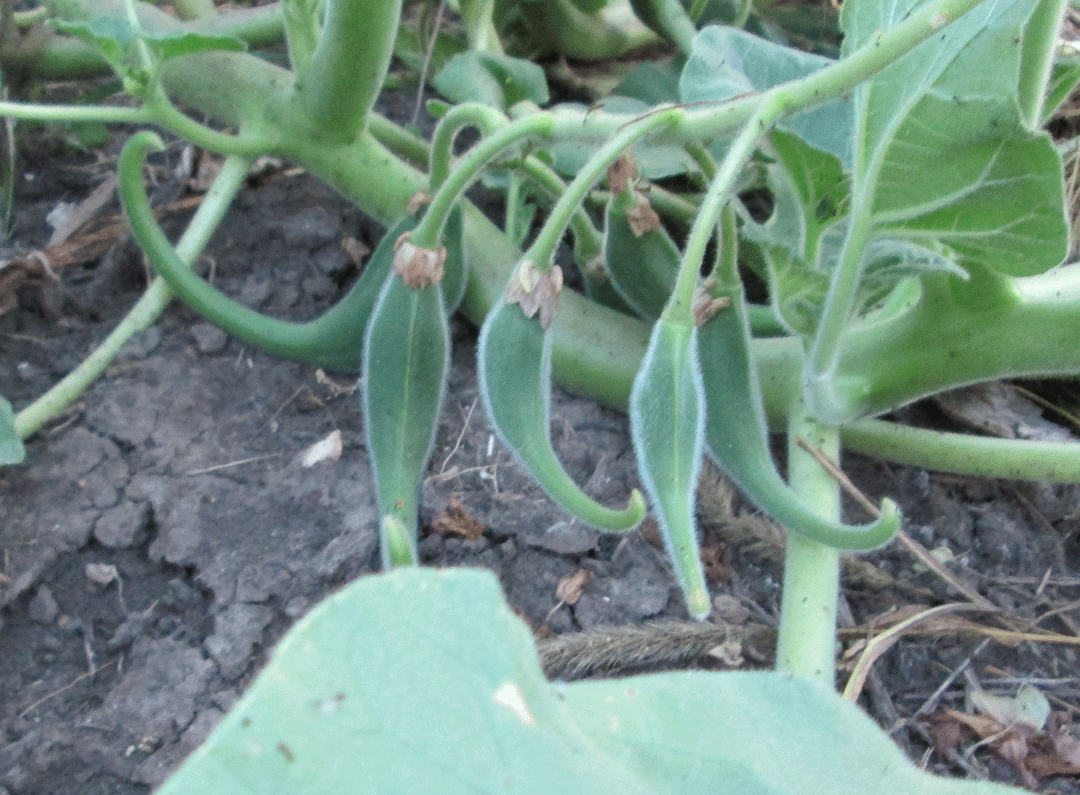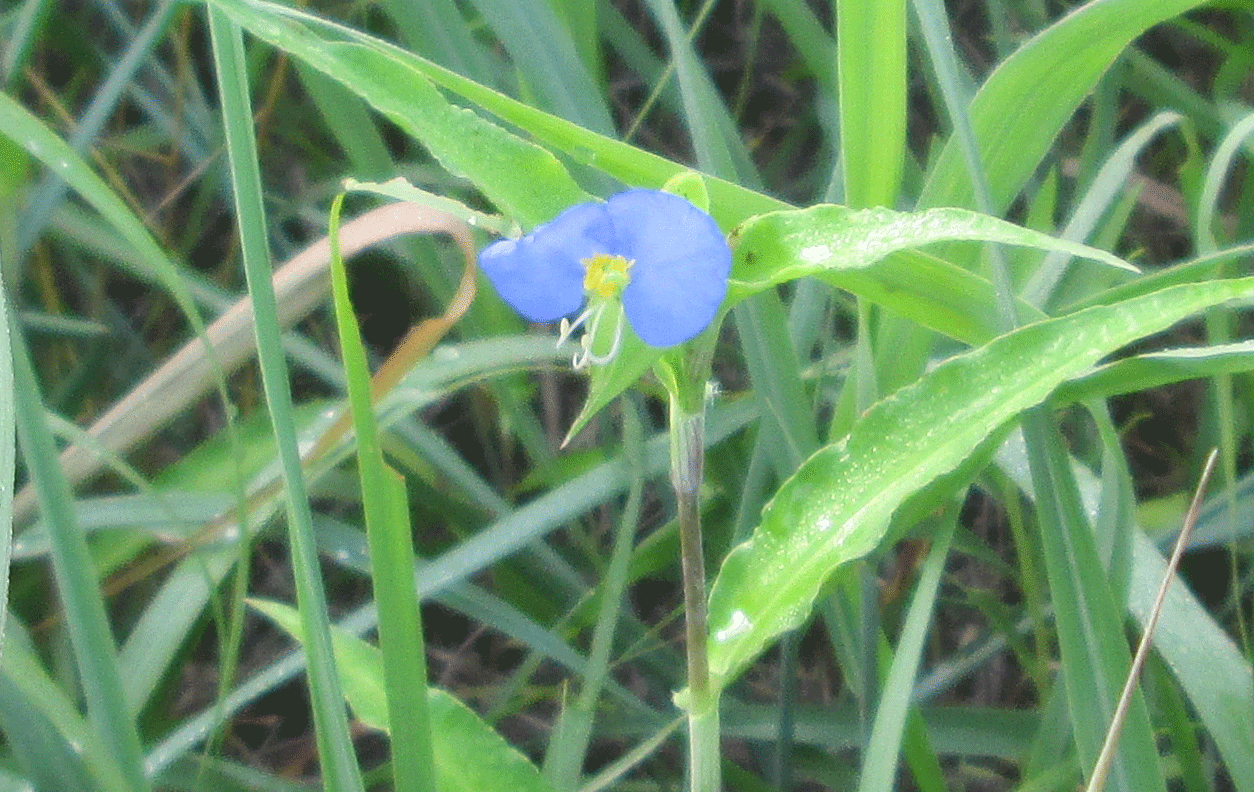When I drive from my house to the Flying W Ranch I pass a
magnificent place on the highway about 4 miles east of Clements. The other day the new owners held an open house to show off their renovations of the home. I was lucky enough to get to attend.
The ranch was established in the 1860’s with a small cabin that is still part of this lovely building. From humble beginnings on 160 acres in the mid 1800's to the 3900 plus acres of the ranch today the land has had only a handful of owners. It has recently been purchased and updated by some neighbors of the Flying W, Warren and Susie Harshman. They with help from their children and family are continuing the efforts of the previous owners by operating the main house as a bed and breakfast. The Harshmans have done significant and marvelous renovations to the buildings and yard and have furnished the house with very nice period antiques. Assuring guests of a delightful place to stay when visiting the Flint Hills .
The Harshmans held the open house to allow people from the area and visitors from a far to view the new in the old. Here is the main house viewed from the west. The original home built in the 1860’s is the small room with a door and one window to the left of the back porch .
The house faces south. Go around to the front porch and you are greeted by a nice looking and welcoming entryway.
Open the front door and straight ahead is a winding
staircase with a walnut wood banister leading to the second floor
bedrooms. This was a very common architectural style in this area in the late 1800's.
Go right from the stairway to find the dining room and kitchen. The parlor and study are to the left. Please see the Clover Cliff website listed below for photos of the furnishings in the rooms I’m not showing in this post.
Upstairs, the bedrooms are named for the previous owners. This is the Blackshere room, the original settlers. Mrs. J. R. Blackshere’s photo can be seen here to the right of the bed. Mr. Blackshere’s photo is to the left of the bed. All of the bedrooms are nicely furnished to provide for the comfort of the guests.
Across the hall is the Donahue room with a wonderful portrait of Jim and Jo Ann . The Donahues lived a few miles west of me and I am pleased to say they were friends of mine. One day, some time ago, they pulled into my driveway and gave me a copy of a book they had just published that tells about the history of Clover Cliff Ranch. I treasure it.
When the Donahues purchased Clover Cliff they also did much renovation to the ranch. They then opened the place as a bed and breakfast. Everyone I know in this area is pleased as punch that the Harshmans are continuing this enterprise. I believe that the enormous turn out at the open house (where I saw many friends and neighbors a plenty) shows this communities’ enthusiasm.
Down the hall is the Prather room, the owners during the early 20th century. Like all the rooms this one is nicely furnished with antiques worth marveling at and, of course, photos of the room's namesakes.
Back downstairs to the back (north) of the house is the small room that was the original part of the house built in the 1860's. Here’s the north wall of the room. You can see by the exposed roof line that this house started pretty small.
Burton and Spencer Harshman telling tales.
Back out in the yard looking south my picture does not do the
panoramic view justice. From the front
of the house there is an excellent view of the Cottonwood River valley with hills
to the south of the river peaking above the trees. You’ll have to come see it for yourself. The Harshmans are good people who can help
you have a pleasant and enjoyable stay in the middle of the only remaining tall grass prairie
in the USA.
I am happy to report that the Flying W Ranch will be working closely with Clover Cliff to provide horseback trail riding for both of the ranches' guests. And Master Chef Josh Hoy of the Flying W will also be working with the Harshmans to provide superb meals to any of Clover Cliff’s guests who have catering needs. A win/win situation for both ranches, for this area, and for you, too, if you’re lucky enough to get a chance to come stay here in the middle of the Flint Hills of Kansas. We'll be looking forward to seeing you.
I am happy to report that the Flying W Ranch will be working closely with Clover Cliff to provide horseback trail riding for both of the ranches' guests. And Master Chef Josh Hoy of the Flying W will also be working with the Harshmans to provide superb meals to any of Clover Cliff’s guests who have catering needs. A win/win situation for both ranches, for this area, and for you, too, if you’re lucky enough to get a chance to come stay here in the middle of the Flint Hills of Kansas. We'll be looking forward to seeing you.
To find more information about staying and better pictures of
the rooms I’ve shown as well as pictures of the rooms I haven’t shown please visit
Clover Cliff's website at
www.clovercliffranch.com









































